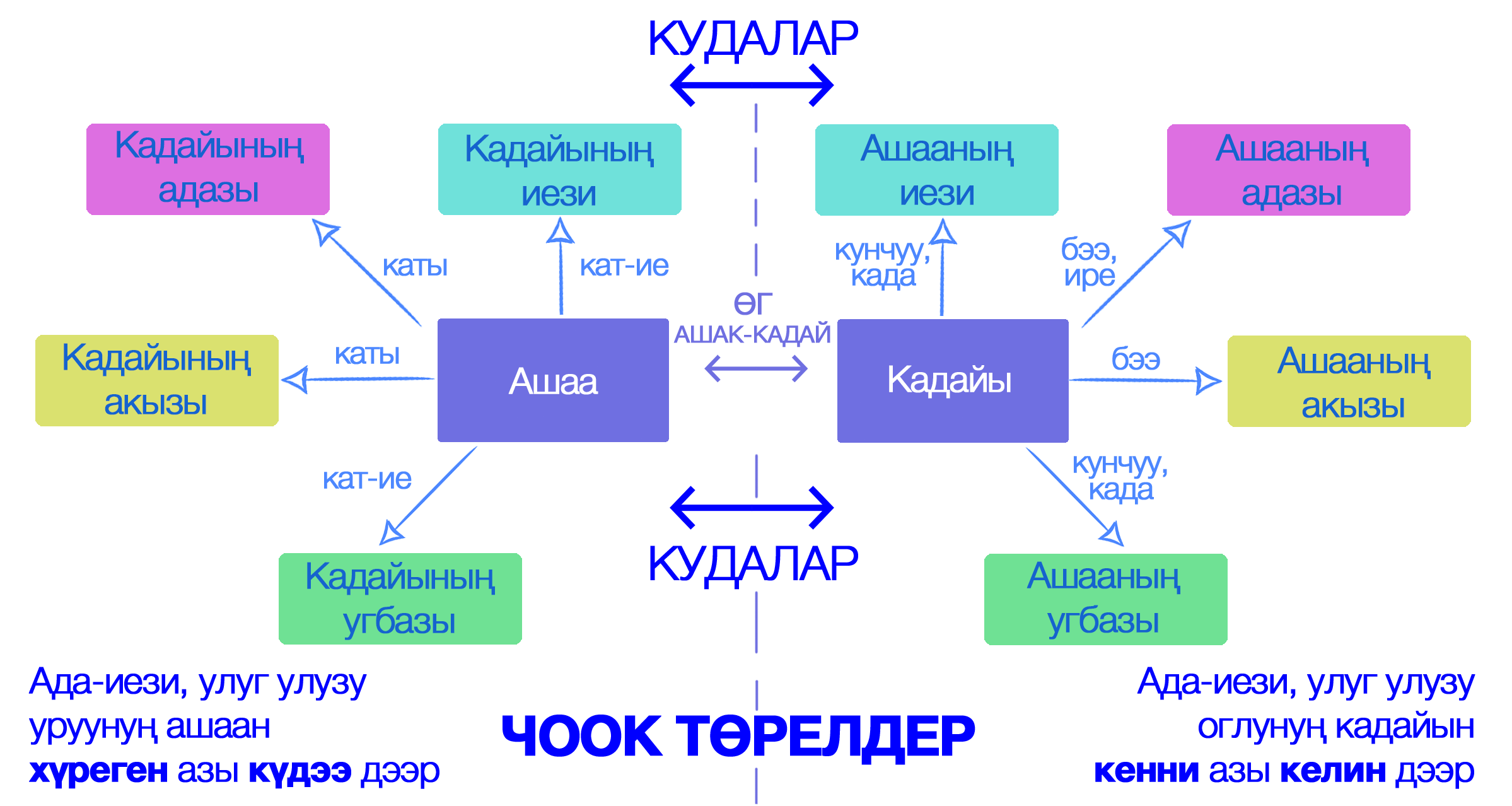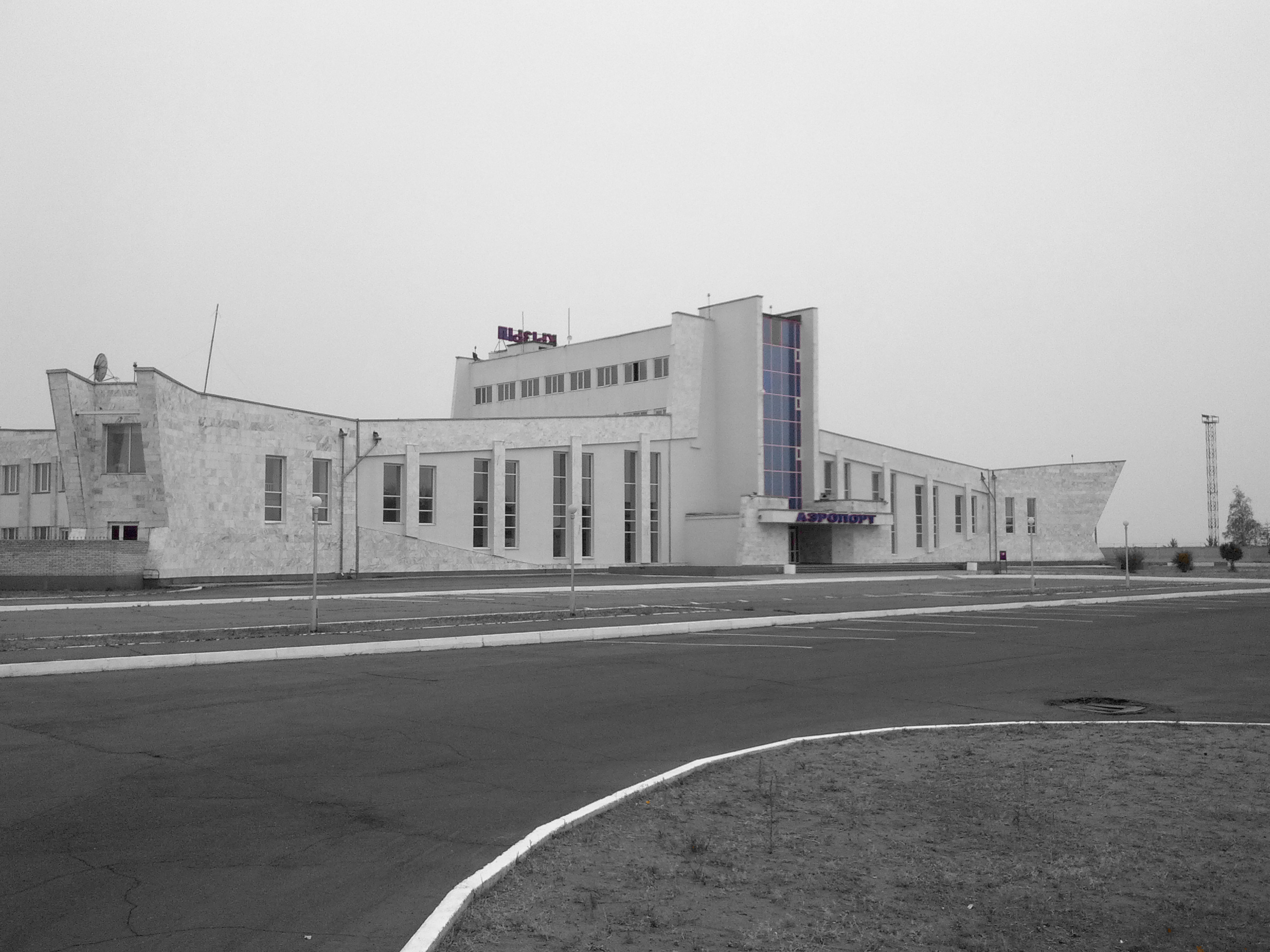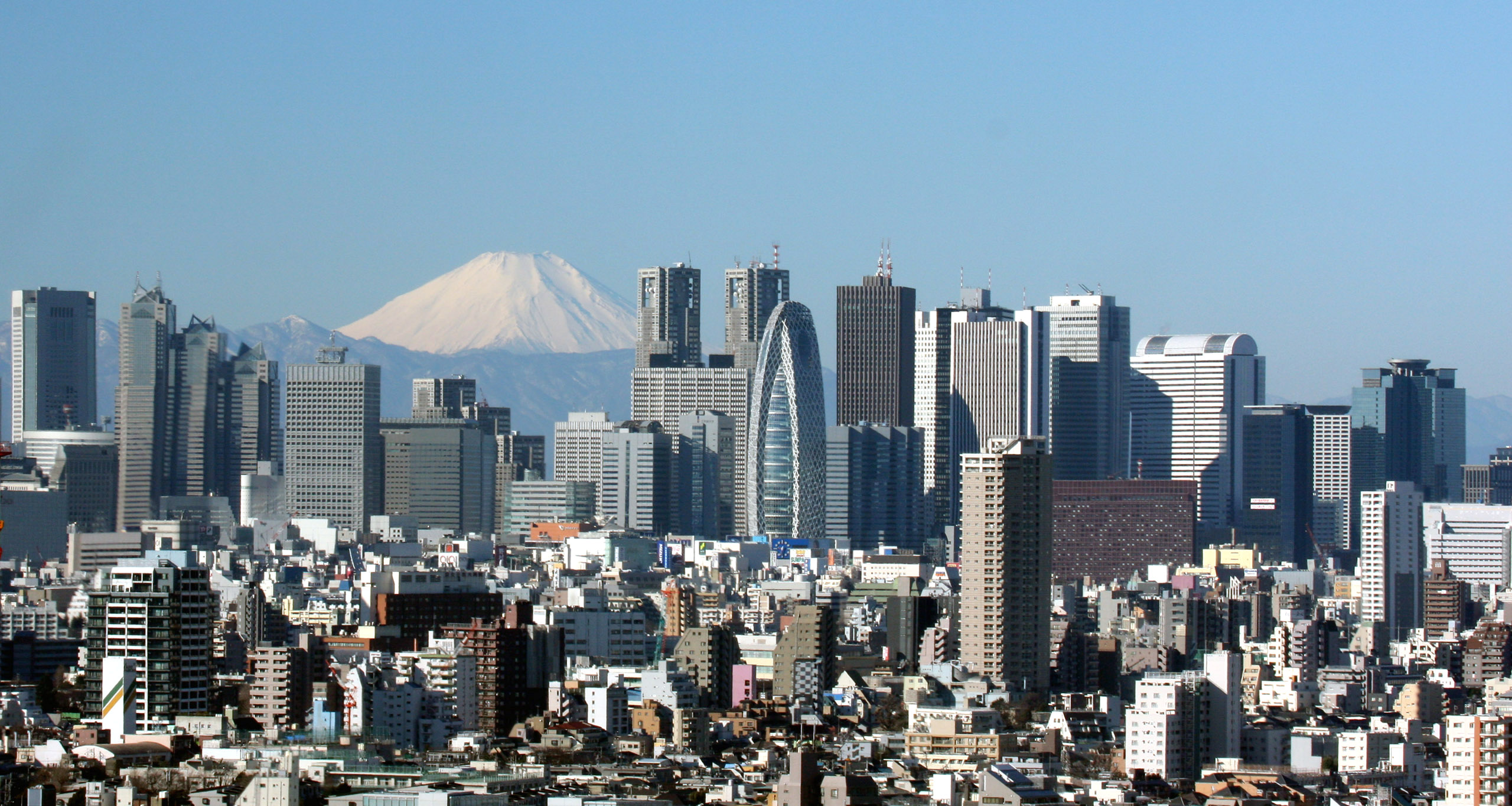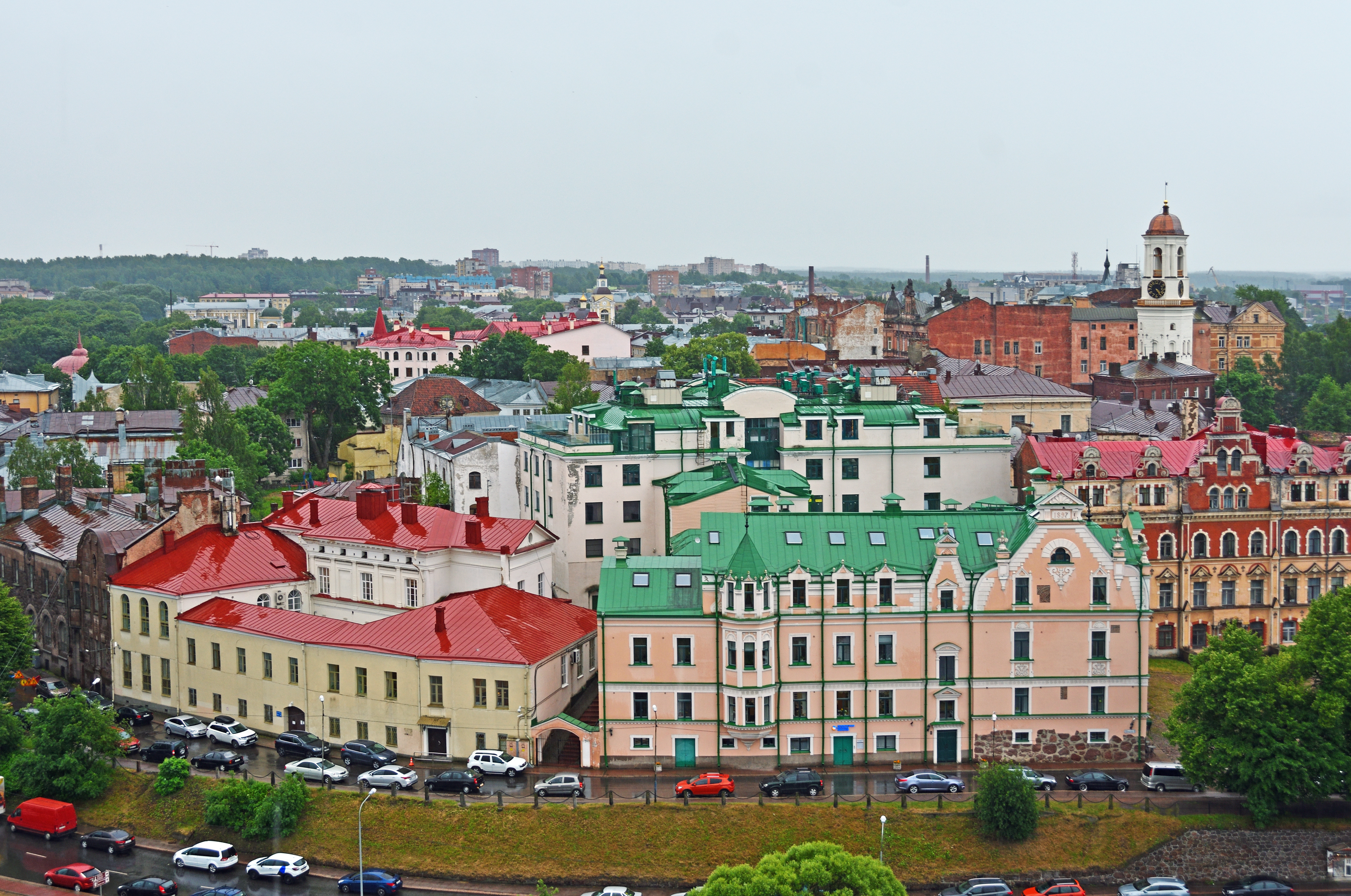|
Tyva
Tuva (; russian: Тува́) or Tyva ( tyv, Тыва), officially the Republic of Tuva (russian: Респу́блика Тыва́, r=Respublika Tyva, p=rʲɪˈspublʲɪkə tɨˈva; tyv, Тыва Республика, translit=Tyva Respublika ), is a federal subject of Russia (a republic, also defined in the Constitution of the Russian Federation as a state). The Tuvan Republic lies at the geographical center of Asia, in southern Siberia. The republic borders the Altai Republic, the Republic of Khakassia, Krasnoyarsk Krai, Irkutsk Oblast, and the Republic of Buryatia in Russia and Mongolia to the south. Tuva has a population of 307,930 ( 2010 census). Its capital is the city of Kyzyl. From 1921 to 1944, Tuva constituted a sovereign, independent, but partially recognized nation, acknowledged only by its neighbors the Soviet Union and Mongolia. It was known officially as Tannu Tuva until 1926 and thereafter as the Tuvan People's Republic. A majority of the population are ethn ... [...More Info...] [...Related Items...] OR: [Wikipedia] [Google] [Baidu] |
Tuvan Language
Tuvan or Tyvan (Tuvan: , ''tyva dyl'', ) is a Turkic language spoken in the Republic of Tuva in South-Central Siberia in Russia. The language has borrowed a great number of roots from the Mongolian language, Tibetan and the Russian language. There are small diaspora groups of Tuvan people that speak distinct dialects of Tuvan in the People's Republic of China and in Mongolia. History While this history focuses on mostly the people of Tuva, many linguists argue that language is inevitably intertwined with the socio-historical situation of a language itself. The earliest record of Tuvan is from the early 19th century by ''Wūlǐyǎsūtái zhìlüè'' (), Julius Klaproth 1823, Matthias Castrén 1857, Katanov and Vasily Radlov, etc. The name Tuva goes back as early as the publication of ''The Secret History of the Mongols''. The Tuva (as they refer to themselves) have historically been referred to as Soyons, Soyots or Uriankhais. The Tuvan people have been ruled by Ch ... [...More Info...] [...Related Items...] OR: [Wikipedia] [Google] [Baidu] |
Kyzyl
Kyzyl (; Tuvan and russian: Кызыл; , ) is the capital city of the republic of Tuva, Russia. The name of the city means "red" or "crimson" in Tuvan (and in many other Turkic languages). Its population was History The city was founded in 1914 as Belotsarsk (russian: Белоцарск, link=no, ; "White Tsar's town"). In 1918, it was renamed Hem-Beldir ( tyv, Хем-Белдир, link=no, ). In 1926 it was given its present name. When the city was the capital of Tannu Tuva, it was named Kizil Khoto. In September 2014, Kyzyl celebrated its 100th anniversary as a city. The settlement was founded in 1914 by Russian settlers immediately after the entry of the then Uryanhai Territory under the protectorate of the Russian Empire called '' Belotsarsk ''. In 1918, in connection with the revolution and the antimonarchist movement, it was renamed to Khem-Beldyr, and in 1926 to Kyzyl ( Tuv .: ''red''). In 1921–1944, the city was the capital of Tuvan People's Republic, from 19 ... [...More Info...] [...Related Items...] OR: [Wikipedia] [Google] [Baidu] |
Men – Tyva Men
"Men – Tyva men" ( tyv, Мен – тыва мен, ) is the regional anthem of the Republic of Tuva, a federal subject of Russia. It was composed by Kantomur Saryglar (also called Olonbayar Gantomir), and the lyrics were written by Okey Shanagash (also known as Bayantsagaan Oohiy).Песня "Мен Тыва Мен" ''Хакасия''. It was adopted officially by the Great Khural
The State Great Khural, ; "State Great Assembly" is the unicameral parliament of Mongolia.Montsame News Agency. ''Mongolia''. 2006, Foreign Service office of Montsame News Agency, , p. 40 It is located in the Go ...
[...More Info...] [...Related Items...] OR: [Wikipedia] [Google] [Baidu] |
Vladislav Khovalyg
Vladislav Tovarishchtayovich Khovalyg (russian: Владислав Товарищтайович Ховалыг; tyv, Владислав Товарищтай оглу Ховалыг; born on 24 December 1967) is a Russian politician of Tuvan origin, who is currently the 3rd Head of the Republic of Tuva since 7 April 2021. He is a member of the United Russia party. He served as the Mayor of Kyzyl from 30 July 2008 to 1 November 2018. He also served as the Minister of Land and Property Relations of the Republic of Tuva from 2007 to 2008. Biography Vladislav Khovalyg was born in the village of Teeli, on 24 December 1967. From 1986 to 1988 he served in the ranks of the Armed Forces of the Soviet Union. In 1992, he graduated from Krasnoyarsk State University with a degree in jurisprudence, and in 2006 - from the Russian Academy of Public Administration under the President of Russia with a degree in Crisis Management. After graduating from the university, he began to work in gover ... [...More Info...] [...Related Items...] OR: [Wikipedia] [Google] [Baidu] |
Great Khural Of Tuva
{{Russia-politics-stub ...
The Great Khural (Parliament) of the Republic of Tuva, ; russian: Верховный Хурал (парламент) Республики Тыва is the regional parliament of Tuva, a federal subject of Russia. A total of 32 deputies are elected for five-year terms. Elections 2014 2019 See also * List of chairpersons of the Great Khural of Tuva * List of presidents of the Chamber of Representatives of the Great Khural of Tuva * List of presidents of the Legislative Chamber of the Great Khural of Tuva Notes References Tuva Politics of Tuva Tuva Tuva (; russian: Тува́) or Tyva ( tyv, Тыва), officially the Republic of Tuva (russian: Респу́блика Тыва́, r=Respublika Tyva, p=rʲɪˈspublʲɪkə tɨˈva; tyv, Тыва Республика, translit=Tyva Respublika ... [...More Info...] [...Related Items...] OR: [Wikipedia] [Google] [Baidu] |
Republics Of Russia
The republics of Russia are 22 territories in the Russia, Russian Federation that each constitute a federal subjects of Russia, federal subject, the highest-level administrative division of Russian territory. They are one of several types of federal subject in Russia. The republics were originally created as nation states for ethnic minorities. The indigenous ethnic group that gives its name to the republic is referred to as the ''titular nationality''. However, due to centuries of Russian migration, each nationality is not necessarily a majority of a republic's population. Formed in the early 20th century by Vladimir Lenin and the Bolsheviks after the collapse of the Russian Empire in 1917, republics were meant to be nominally independent regions of Russian Soviet Federative Socialist Republic, Soviet Russia with the right to self-determination. Lenin's conciliatory stance towards Russia's minorities made them allies in the Russian Civil War and with the creation of the Soviet ... [...More Info...] [...Related Items...] OR: [Wikipedia] [Google] [Baidu] |
Coat Of Arms Of Tuva
The emblem of Tuva is a light blue field with a yellow border. In the center of the field is a traditional horseman, symbolizing Tuva's sovereignty and spirit. The coat of arms was created in 1992, and is similar to the present state emblem of Mongolia, which was adopted that same year. Meaning of the colors The yellow symbolizes gold and Buddhism. Blue symbolizes the morals of nomadic herdsmen (who are commonly respected in the region), as well the Tuvan sky. The blue pall symbolizes the confluence of the Bii-Khem (Bolshoy Yenisei) and Kaa-Khem (Maly Yenisei) rivers at the Tuvan capital of Kyzyl, where they form the Yenisei River, known to locals as the Ulug-Khem River. White symbolizes silver and virtue; additionally, it is common in Tuva for hostesses to greet guests with silver streamers in their arms. Historical emblems File: Emblem of the Tuvan People's Republic (1926-1930).svg, Emblem of the Tuvan People's Republic (1926–1930) File: Emblem of the Tuvan People's R ... [...More Info...] [...Related Items...] OR: [Wikipedia] [Google] [Baidu] |
Mongolia
Mongolia; Mongolian script: , , ; lit. "Mongol Nation" or "State of Mongolia" () is a landlocked country in East Asia, bordered by Russia to the north and China to the south. It covers an area of , with a population of just 3.3 million, making it the world's most sparsely populated sovereign nation. Mongolia is the world's largest landlocked country that does not border a closed sea, and much of its area is covered by grassy steppe, with mountains to the north and west and the Gobi Desert to the south. Ulaanbaatar, the capital and largest city, is home to roughly half of the country's population. The territory of modern-day Mongolia has been ruled by various nomadic empires, including the Xiongnu, the Xianbei, the Rouran, the First Turkic Khaganate, and others. In 1206, Genghis Khan founded the Mongol Empire, which became the largest contiguous land empire in history. His grandson Kublai Khan conquered China proper and established the Yuan dynasty. After the c ... [...More Info...] [...Related Items...] OR: [Wikipedia] [Google] [Baidu] |
Russian Census (2010)
The Russian Census of 2010 (russian: Всеросси́йская пе́репись населе́ния 2010 го́да) was the second census of the Russian Federation population after the dissolution of the Soviet Union. Preparations for the census began in 2007 and it took place between October 14 and October 25. The census The census was originally scheduled for October 2010, before being rescheduled for late 2013, citing financial reasons,Всероссийская перепись населения переносится на 2013 год although it was also speculated that political motives were influential in the decision. However, in late 2009, |
Capital City
A capital city or capital is the municipality holding primary status in a country, state, province, department, or other subnational entity, usually as its seat of the government. A capital is typically a city that physically encompasses the government's offices and meeting places; the status as capital is often designated by its law or constitution. In some jurisdictions, including several countries, different branches of government are in different settlements. In some cases, a distinction is made between the official ( constitutional) capital and the seat of government, which is in another place. English-language news media often use the name of the capital city as an alternative name for the government of the country of which it is the capital, as a form of metonymy. For example, "relations between Washington and London" refer to " relations between the United States and the United Kingdom". Terminology and etymology The word ''capital'' derives from the Latin ... [...More Info...] [...Related Items...] OR: [Wikipedia] [Google] [Baidu] |
Types Of Inhabited Localities In Russia
The classification system of human settlement, inhabited localities in Russia and some other post-Soviet Union, Soviet states has certain peculiarities compared with those in other countries. Classes During the Soviet Union, Soviet time, each of the republics of the Soviet Union, including the Russian Soviet Federative Socialist Republic, Russian SFSR, had its own legislative documents dealing with classification of inhabited localities. After the history of the Soviet Union (1985-1991), dissolution of the Soviet Union, the task of developing and maintaining such classification in Russia was delegated to the federal subjects of Russia, federal subjects.Articles 71 and 72 of the Constitution of Russia do not name issues of the administrative and territorial structure among the tasks handled on the federal level or jointly with the governments of the federal subjects. As such, all federal subjects pass :Subtemplates of Template RussiaAdmMunRef, their own laws establishing the s ... [...More Info...] [...Related Items...] OR: [Wikipedia] [Google] [Baidu] |
List Of Historical Unrecognized States
These lists of historical unrecognized or partially recognized ''states'' or ''governments'' give an overview of extinct geopolitical entities that wished to be recognized as sovereign states, but did not enjoy worldwide diplomatic recognition. The entries listed here had ''de facto'' control over their claimed territory and were self-governing with a desire for full independence; or if they lacked such control over their territory, they were recognized by at least one other recognized nation. Criteria for inclusion The criteria for inclusion in this list are similar to those of the list of states with limited recognition. To be included here, a polity must have claimed sovereignty, has not had recognition by at least one widely accepted state for a significant portion of its ''de facto'' existence, and either: * had a population and an organized government with a capacity to enter into relations with other states; or * had ''de facto'' control over a territory or a significan ... [...More Info...] [...Related Items...] OR: [Wikipedia] [Google] [Baidu] |





